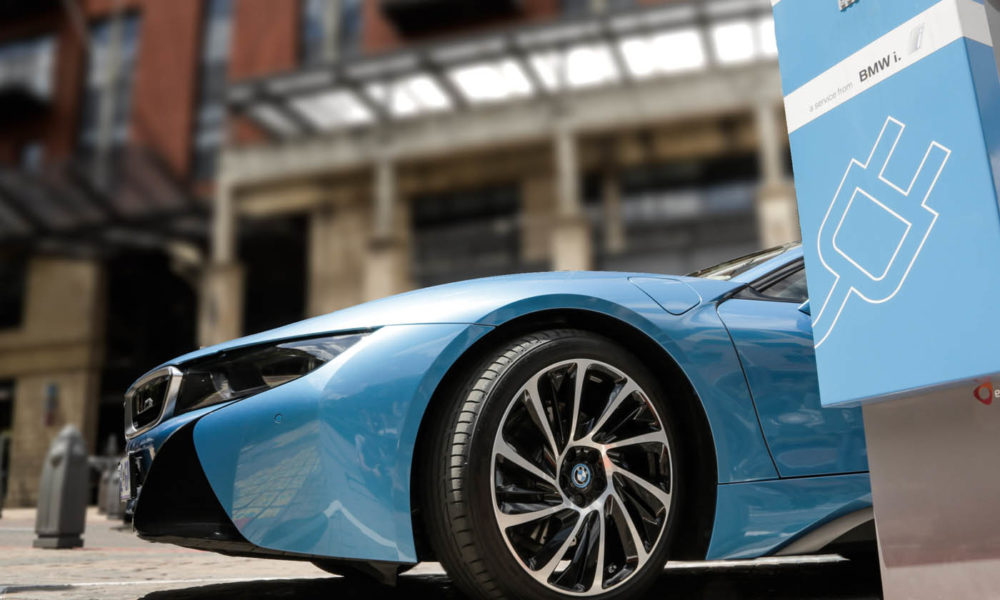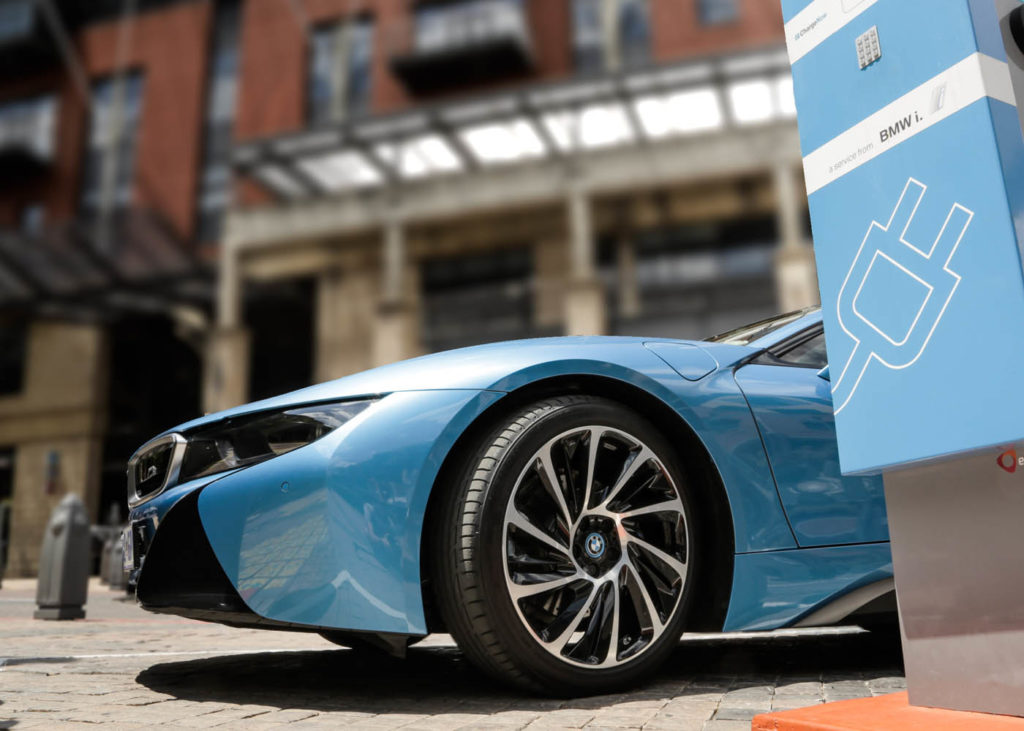Some of South Africa’s biggest mixed-use developments are evolving into “smart cities” by embracing the latest technology.
Beyond the new urbanism trend – where all daily requirements are within easy reach in walkable precincts – new developments are targeting millennial investors with “smart” features that make a smart city.
Think electric car charging stations, precinct-wide WIFI and FttH, significantly enhanced 24-hour security, and assistance in your home for a range of emergencies – at the push of a button. This is the future of development.
What are millennial buyers looking for?
Social commentator Mal Fletcher says: “Millennials expect to create a better future, using the collaborative power of digital technology.”
“Technology is an integral accompaniment to new urbanism as it holds the desirable characteristics of walkable precincts, where residential and office space are combined with gyms, hotels, and a wide variety of upmarket, cocktail bars and restaurants,” shares Nicholas Stopforth, Managing Director of Amdec Property Development.
Increasingly, people want to live, work and play in the same place – a space where they can easily and safely walk to an office, home, restaurant or another amenity. This concept is a mixed-use precinct. When combined with the latest in technology, it becomes a smart city.
And while a smart city has all the latest technological security and lifestyle benefits, these are designed into the development so largely unseen. You won’t find high-rise tower blocks with unsightly satellite dishes adorning the façade. Instead, imagine buildings that offer green design, green spaces, and pedestrianised roads, yet harken back to a feel of traditional, communal village life where all your daily needs are within walking distance.
It might sound contradictory, but it’s not.
Stopforth explains that new developments must offer a range of features to suit the ever-changing trends and demands of modern living. Developers need to expand the range of features that come with this community-driven lifestyle to include wireless internet across the precinct, the latest in access control, panic buttons as well as medical and security assistance on instant standby. The Melrose Arch precinct even has license plate recognition, to ensure increased security for residents and businesses.
Amdec Property Developments is the group behind South Africa’s best practice in mixed-use precinct design both Melrose Arch and Harbour Arch, the fastest selling large-scale development in the country with sales and reservations topping R1 billion since its launch in October 2017.
The planned R10 billion Harbour Arch on Cape Town’s foreshore, due to open in August 2019, is modelled on the global trend for walkable precincts such as Darling Harbour in Sydney and Canary Wharf in London.
As proof of the desirability of smart cities, Melrose Arch’s latest residential development – One on Whiteley – is already 75% sold out.
Residents at One on Whiteley will benefit from all the precinct’s sophisticated technology systems including fibre internet, back-up generators, license plate recognition, electric car charging stations, and recycling facilities.
But more than just focusing on technology, smart cities are focused on sustainability. And in South Africa, these mixed-use, new urbanist precincts are certainly driving the sustainability trend.
The world over, developers are under pressure to drastically minimise water usage and incorporate eco-friendly technologies that will benefit the planet in the long-term.
“Residents and investors want to know what is being done to reduce impact on the environment,” says Stopforth.
Sustainability is a key focus area in Amdec’s developments, with green building initiatives including refuse recycling, water-saving devices, low-energy LED lighting, and rainwater harvesting.
These will be core features of Cape Town’s new Harbour Arch precinct. With water scarcity being the new normal for the city, developers are required to implement water-wise strategies from the ground up. For this reason, Harbour Arch has invested a lot of time and energy in scenario planning with regards to the drought Cape Town faces.
This has resulted in a shift towards water-conscious design and planning – like rainwater and grey water harvesting, dual-flush plumbing systems, and water storage facilities. The company will also be investigating the viability of installing an on-site desalination plant to take advantage of the abundant ground water available in the foreshore area.
“There is huge benefit in executing water-saving measures at the construction stage, rather than retro-fitting. Not only is it better to have systems in place at the start, but it saves money in the long run,” says Stopforth.
“Ultimately, we need to reduce our impact. A smart development needs to be smart about sustaining our future.”


